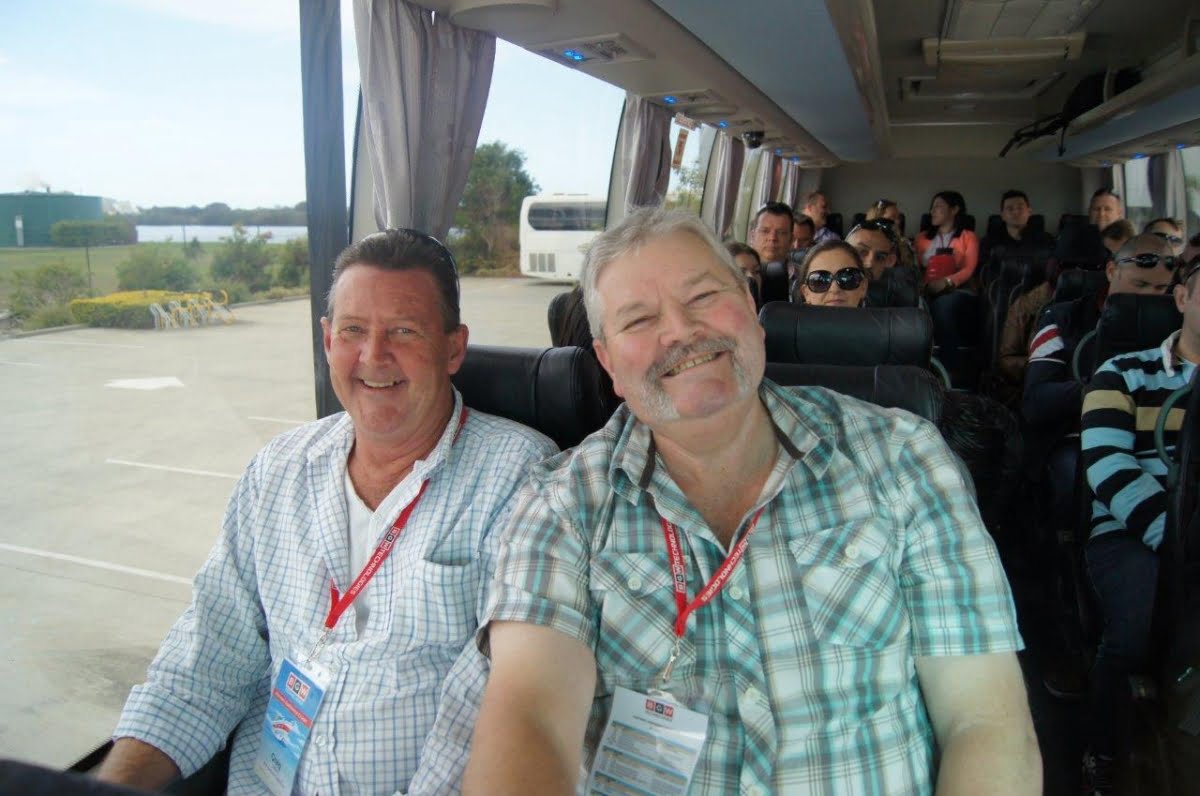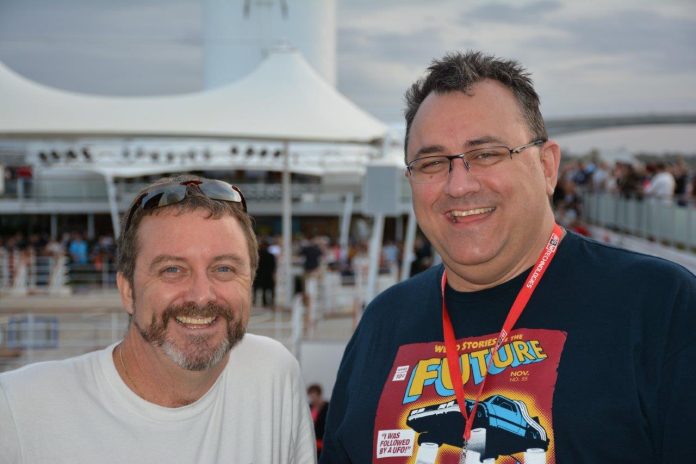What are the biggest issues troubling integrators today? The obvious challenges include the overwrought pace of technological change and falling margins. But arguably the biggest issue has nothing to do with product.
ELECTRONIC security integration is not an easy business. There was a time when hardware was more expensive, when competition was not as fierce, when installation companies made dizzy margins. In the late 1990s and early 2000’s it wasn’t unheard of for integrators to drive high-powered Italian sports cars and enjoy lives of comparative luxury.
But the last 10 years have changed all that. Hardware margins have fallen considerably and end users have developed a propensity towards accepting the cheapest quote. Security integrators are no longer just competing against each other. Electrical contractors, IT integrators and internal IT departments are nibbling away, not only at entire jobs, but at key components of electronic security solutions. At present we are seeing this in infrastructure and storage but it’s hard not to see the same things happening in management and control.
“Finding the right people, training them and keeping them – that’s my biggest challenge”
Despite these challenges and at once because of these challenges, what concerns security integrators about their businesses most in the current market is not simply hardware price and competition. Instead, integrators say the hardest thing is finding quality staff, training them up and then keeping hold of them. And it’s a global issue.
“There's no doubt that my biggest problem is finding good people and training them,” Mark Hodby of Tokyo-based Avtel Global told me at the BGWT conference recently.
“Training is certainly the key to our ability to service our customers consistently. At an engineering level we look for electrical engineers, electronic engineers, IT engineers, as autoCAD operators we need electrical draftsmen. The type of jobs we do are not pulling cables and connecting them at the other end.
“There’s a lot of fabrication work involved – we need people who can design bespoke solutions, such as a custom camera mount that might hang off a 25 storey building. And while we design a lot of our products in Tokyo, we build in different countries, so quality control can be a challenge, too.
“We have a sharp focus on customer service and consistency and it’s very difficult to offer a delivered product that difficulty is the same everywhere,” says Hodby. “Product is product and most good product is fairly similar. Manufacturers and customers can at times be hard to deal with. But finding the right people, training them and keeping them – that’s my biggest challenge.”
According to Lee Evans, technical manager at training company, Rutherford Technical Services, based on what many people are telling him and his own experiences, the electronic security industry in Australia definitely needs to work harder on technical training.
“There needs to be a committed focus on technical training,” he says. “No industry group has really made a big effort with training before. There’s licensing but there’s no industry-specific, high quality technical training. This needs to be addressed.”
Evans says he has spoken to big companies about this issue and they all see the value-add but it comes down to funding.
“I think we’ll get there when the industry realises there should be a particular technical standard required to get a license – as is the case in other industries,” he says. “The failure to focus on this area is definitely having an impact on the quality of available staff.”
Meanwhile Sydney Anthony of TASC, who has long experience in both the distribution and integration businesses says over the years he has often observed technicians failing to complete a job to perfection.
“There can be a lack of responsibility to finish a job off,” he explains. “You often see this when visiting legacy sites and looking at the terrible work of some unknown technical team. And there may well be a lack of training causing this, which leads to a lack of personal standards and a lack of commitment to a job.”

Craig O'Mara (l) and Michael Hingerty of MJH Security Solutions
Michael Hingerty of integrator MJH agrees with the others.
“What are the key challenges for integration companies? Finding good staff at the technician level is the big one and I think it’s the same for all integrators,” he says. “It reflects an ingrained lack of training and I think most people have been screaming about putting a recognised system in place for many years.
“With the technology levels in our industry why don’t we have proper apprenticeships in place?” he asks. “The sooner the industry rectifies training the better off all sides of the industry will be – manufacturers, distributors, integrators, installers and most importantly, end users.
“Widespread training will also control the inflated wages of quality technicians we are seeing,” says Hingerty. “That may not make technicians happy but it will allow business owners to employ more technicians.
“At the moment because good technicians are so hard to find, as soon as you train someone up and competitors hear about it they’ll start beating a path to the door offering more money. For instance, we had a technician we trained from scratch, put him through as an electrician and at the end of it he was offered 20k more by a competitor.”
According to Hingerty, something else he finds that’s challenging is falling margins.
“Some big companies must be buying jobs, in my opinion,” he says. “It’s a bad thing for the market because it lowers customer perceptions of what a fair price is. And it’s no good for end users in the long term. When you cut corners you are more likely to mess up a job. That sort of thing will always be around but it’s especially challenging right now.”
“What are the key challenges for integration companies? Finding good staff at the technician level is the big one and I think it’s the same for all integrators”
While training is the major issue for most integrators we spoke with, they all mentioned cramped margins as being a cause for concern when it comes to system quality.
According to Mike Jones of Melbourne-based Able Microwave, end users go through cycles of being quality conscious and cost conscious.
“We are in a cost conscious market at the moment,” says Jones. “The quality conscious market has gone. We find very often that at the last minute our quote will be under-cut by a slight margin despite the fact we are the incumbent supplier and have never put a foot wrong.
“Recently we quoted on a site we’ve looked after for 8 years and were undercut by $A3000 on a job worth $A65,000. It’s because procurement departments are all about price – they don’t care about your site knowledge or your relationship with the security team. Loyalty is gone. It’s all about cost.”
According to Jones, this has an impact on the products he specifies.
“If I put in a quote for a quality product that will do the job properly no matter what, I also put an alternate price for a cheap product,” he explains. “And I do this because I often lose jobs because someone is willing to install the cheapest product to win the job on price. It’s not good for me or for the customer but in this sort of market you have to do it to survive. The old quality-first model is discounted by end users these days. They don’t care about quality anymore.
“Personally, I think cheap, poorly performing products are stupid,” says Jones. “If you have to make a single trip across town, you’ve just lost your profit. It doesn’t make sense. What if the device is across town, up on top of a tower and you need 2 technicians on site because one has to watch and make sure the other doesn’t fall off?
“And then there are the remote features of the quality solutions. Good products – like InfiNet – allows remote troubleshooting and that’s awesome,” he says. “You can tell from any location if an antenna is out of alignment because the alignment tool is so good and that capability is money in your pocket. Good products also guarantee performance in challenging environments around cities.
“When it comes to quality we say to customers, “this is what we recommend as being the best solution for your job and this is what we will install if you want the lowest price”, and we find customers often go for the cheaper product,” says Jones.
“Ultimately, I’d rather put a lower grade product in and keep the customer than lose all my business to someone else. If a competitor gets a foot in the door with a cheaper product you might never see your customer again – you have to stay in with the client at all costs.”
According to Jones, the GFC ignited the latest cycle of cost consciousness – and he think it has made the cycle last longer. Also, he concedes, perhaps cheaper products are better than they used to be. ♦
“There needs to be a committed focus to technical training. No industry group has really made a big effort with training before”










